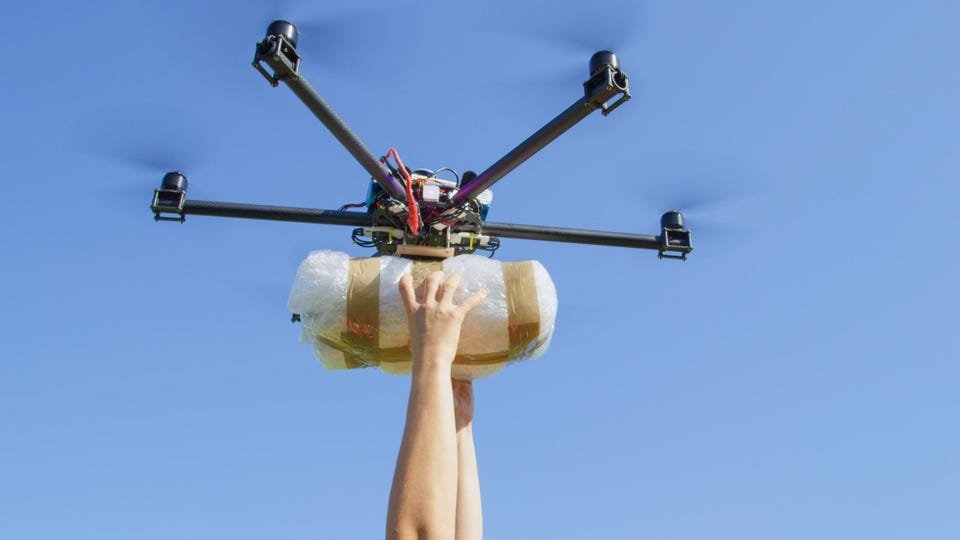Neighbors found it strange that no one seemed to live in the spacious, typical American family home in Lewiston, New York, a small town located on the Niagara River, east of Ontario, Canada.
Whoever owned the $650.000 property didn't seem to live there or care about maintenance, with his lawn unmowed to the point where it was "unmanageable," locals later told police. Even more surprising, the officers were told, were the monthly arrivals of people driving expensively cars, only for the visitors to leave a few days later.
Then, in the early hours of September 21 last year, the house was raided by the authorities. In the middle of the night, using a tool επιτήρησης που μπορούσε “να αναγνωρίζει υπογραφές μη επανδρωμένων αεροσκαφών, να χαρτογραφεί τη διαδρομή πτήσης τους και να εντοπίζει σημεία εκκίνησης και στάσης μέσω GPS”, η συνοριοφυλακή παρακολούθησε ένα μη επανδρωμένο εναέριο όχημα να πετά πάνω από τον ποταμό Νιαγάρα και μέσα στον κήπο του σπιτιού, σύμφωνα με το ένταλμα.
When officers arrived, the pilot and two other people tried to escape but were arrested and taken in for questioning. Police found that a package of MDMA, with a market value of approximately $110.000, was attached to the drone. A subsequent search of the home turned up multiple cameras monitoring entrances and exits, a number of commercial drones and paracord, a type of rope originally designed for parachutes.
The case reveals the government's investment in drone surveillance, particularly at the border. "Border agencies are much better at this," said Mary-Lou Smulders, chief marketing officer at drone detection contractor Dedrone, which provides services in various US federal government agencies.
Researchers in the Niagara River study probably used signalradio frequencies to tag and locate the UAV, Smulders said. This involves installing sensors in a specific area and triangulating the drone's signals to find a relatively precise location.



